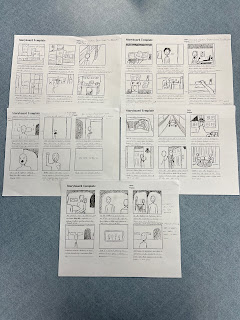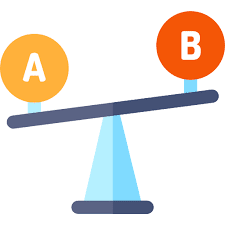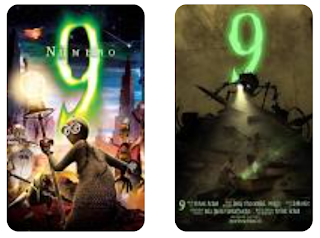Storyboard: The lull

Scene 1: Establishing shot of the street with the name of the studio in the skyline. Scene 2: Shot of missing posters and the name of production company is shown on one of the missing posters. Scene 3: Shot of sidewalk then reporter comes in frame walking and actors names are being displayed Scene 4: Reporter enters a building, which is their job. Medium long shot is used and film name appears on wall as person walks by. Scene 5: Reporter walks into job saying "hi" to co-workers. Music and edited by appear on screen Scene 6: Reporter walks to his office/cubicle and sets himself up. Steady zoom in and the title, directed by, displays on wall. Scene 7: Insert/shot of reporter opening file on missing persons/people/friend group. Scene 8: The boss starts asking about how the case is going. Involves a two shot, over the shoulder shot, and a medium close up. Scene 9: Reporter then tells the boss about how close he is with the case. Has a medium clos...







